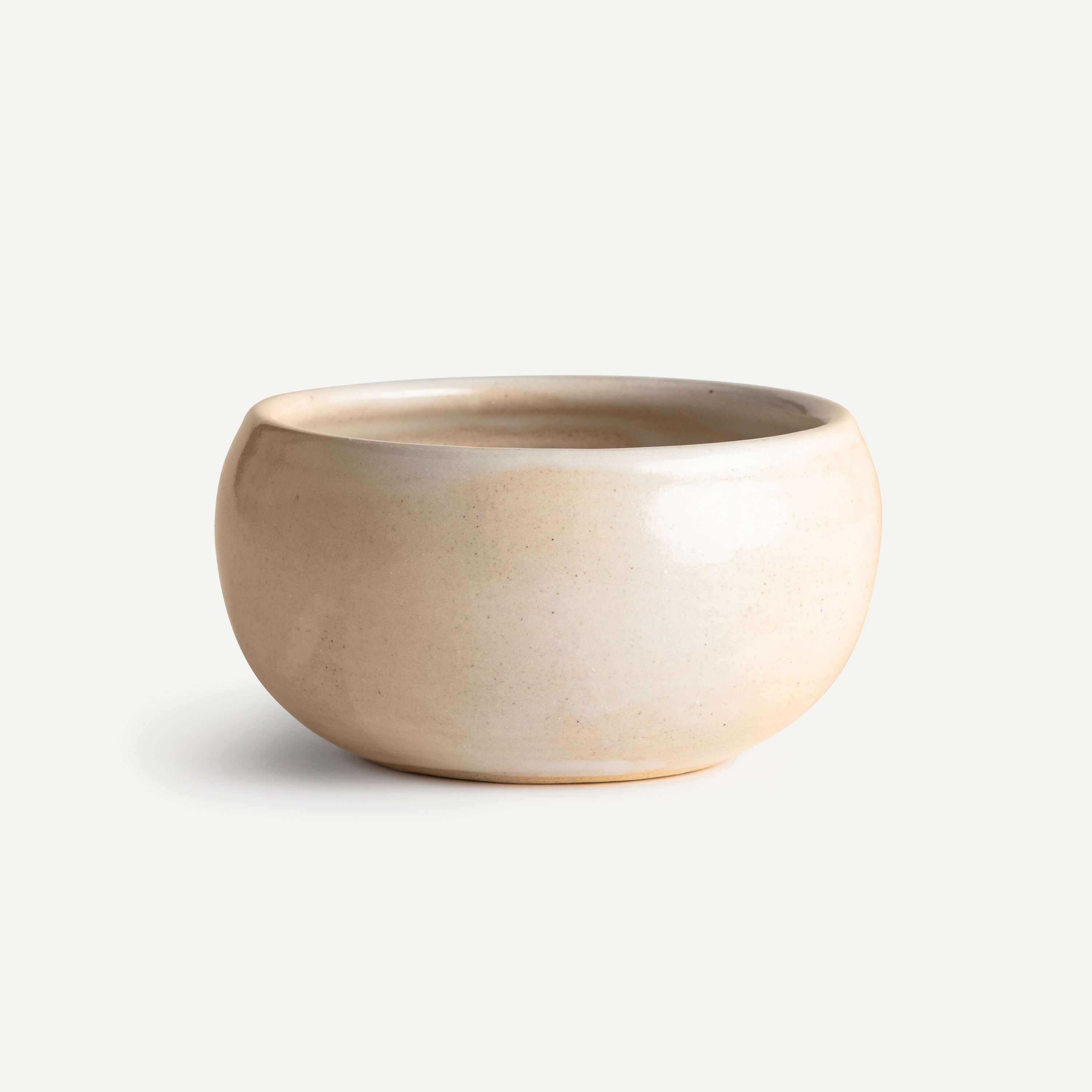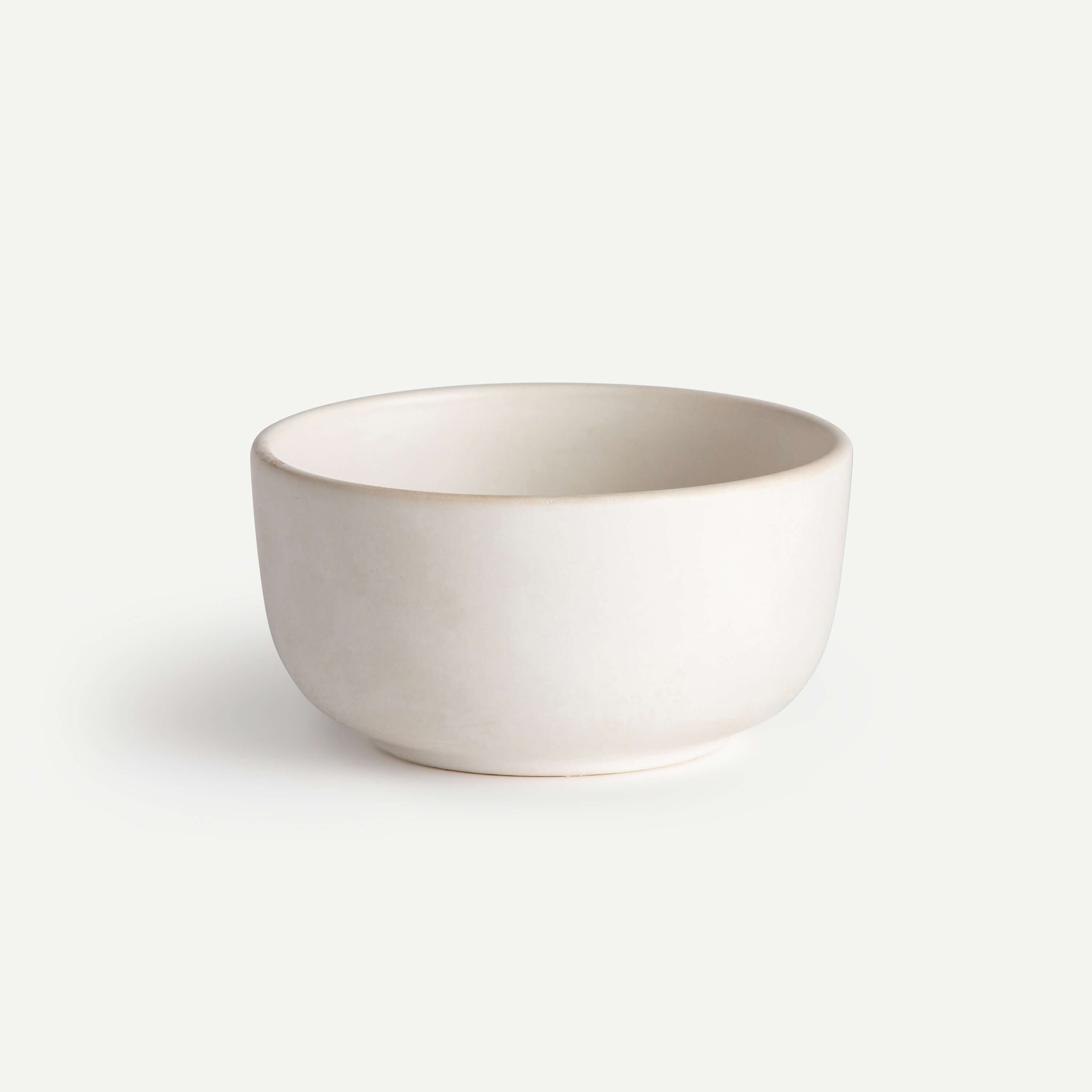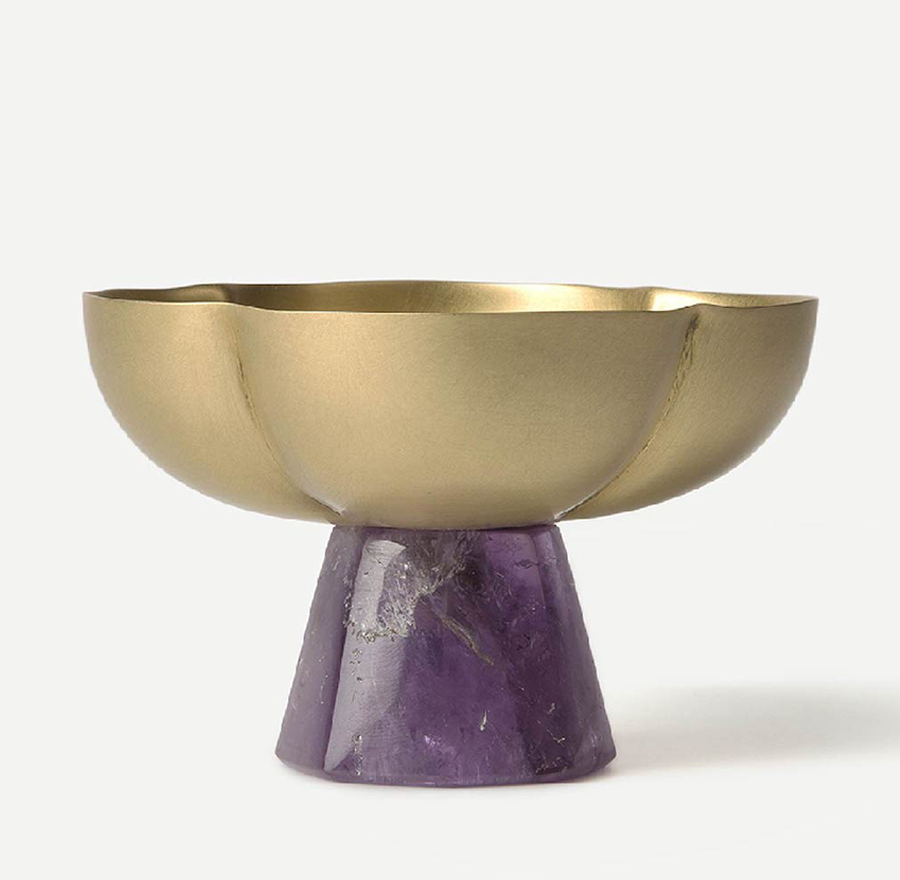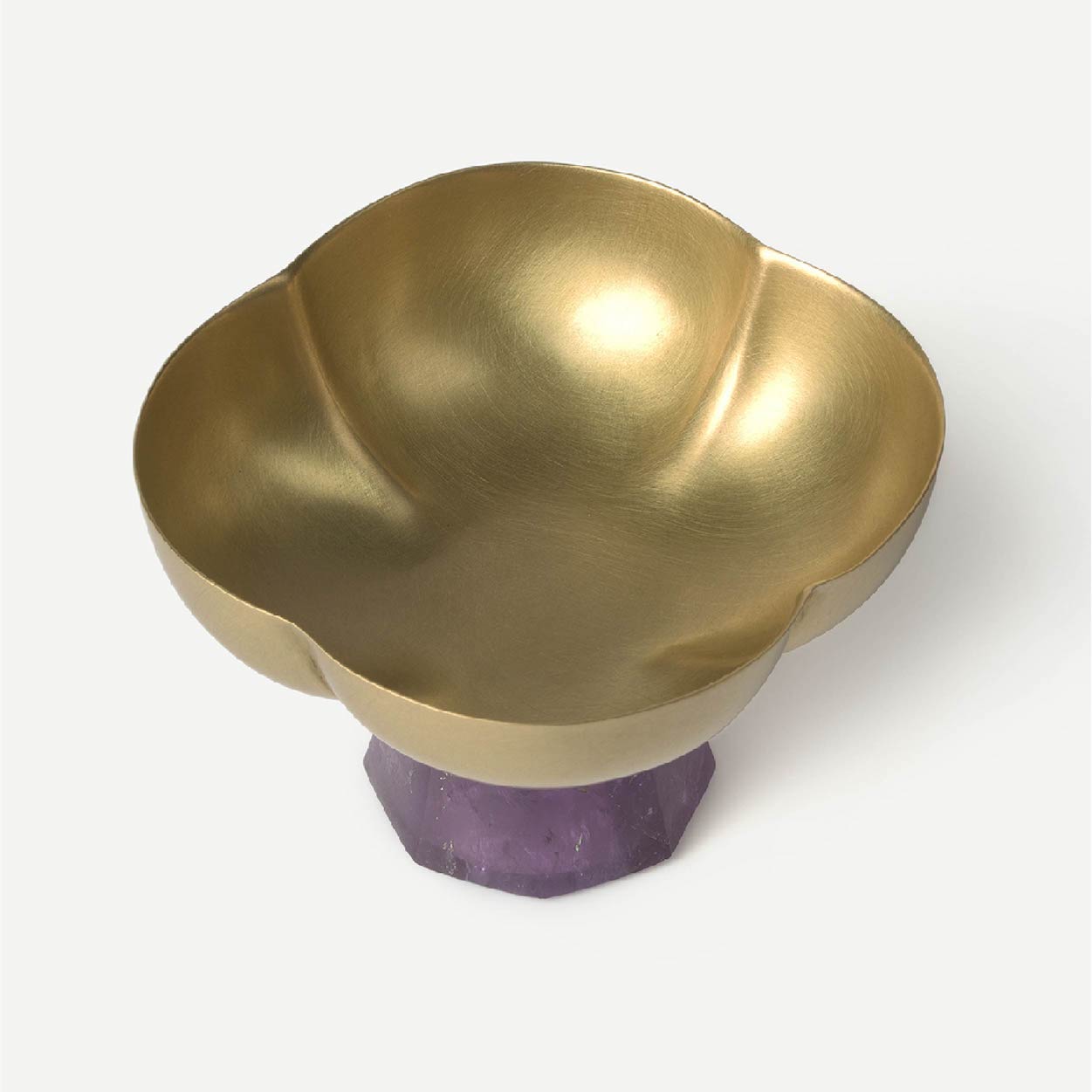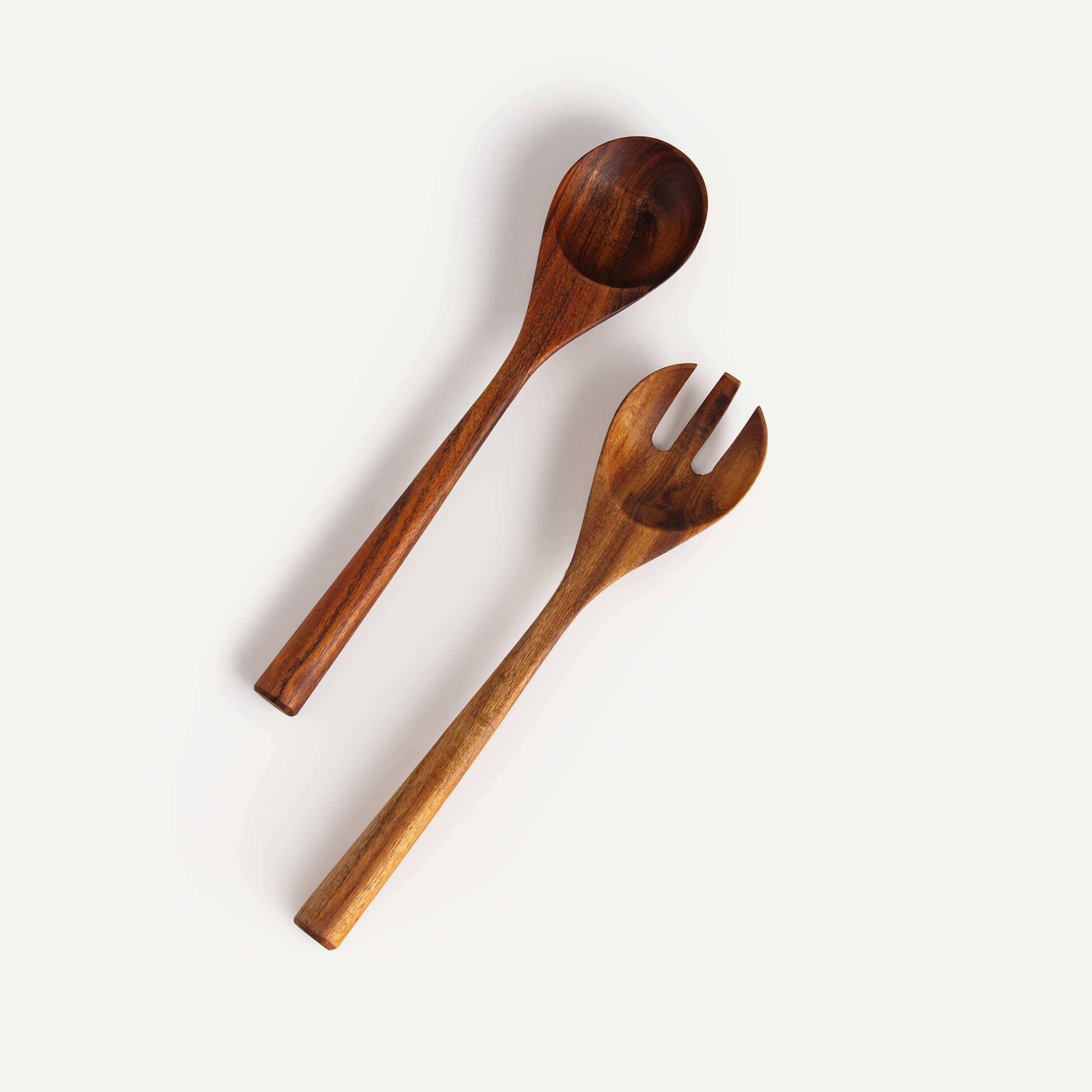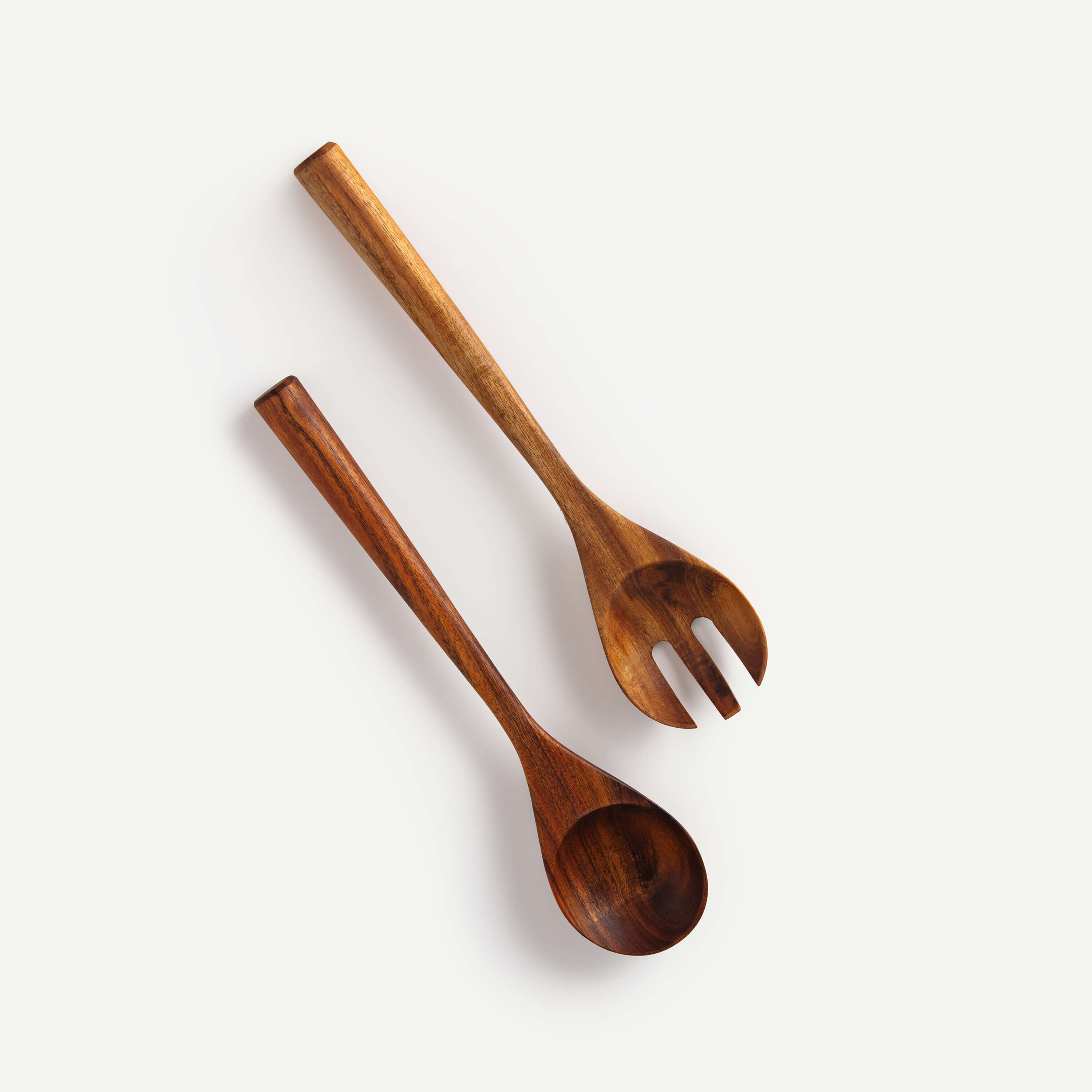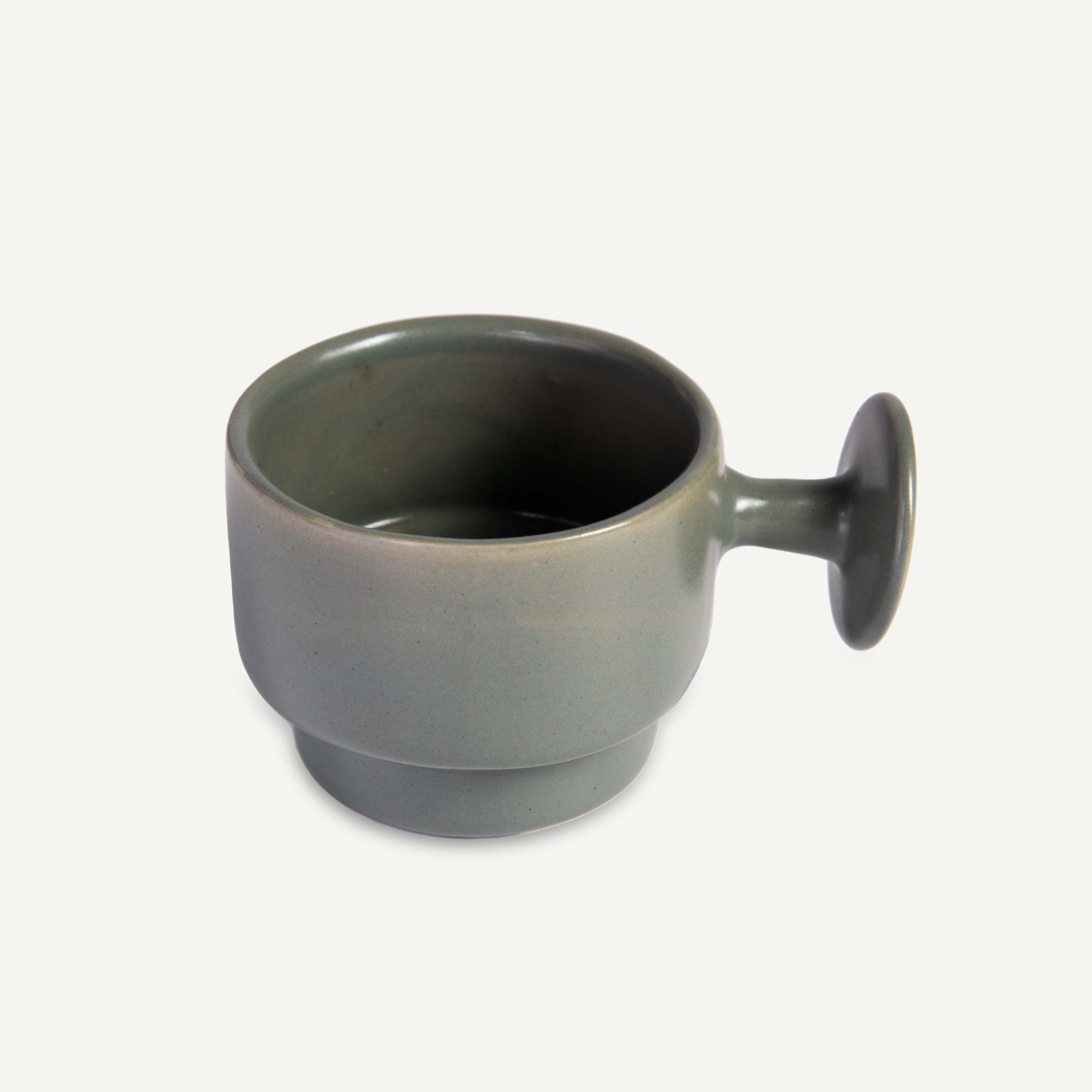BLAZON APPETIZER BOWL (SET OF 2)
There is no limit to when or how you can use this bowl — a small portion of curry or stew is just one such idea.
There is no limit to when or how you can use this bowl — a small portion of curry or stew is just one such idea.
Craft Type: Studio Pottery
Hand-thrown and glazed white, this little ceramic bowl is an attractive addition to your dining set-up. Serve hot curries or stew, or a side portion of garden salad.
This ceramic bowl is handmade by artisans in Rajasthan, and is a part of Ikai Asai’s studio pottery collection of clayware, made by potters in studios across India.
This product is handcrafted and slight variations in colours, textures and forms are to be expected.
Made in: Rajasthan
Material: Stoneware
Dimensions (cm): 9.2(L) x 9.2(B) x 6.6(H); Dia: 9.2
Dimensions (inches): 3.6(L) x 3.6(B) x 2.5(H); Dia: 3.6
Capacity: 140 ml
Weight: 320 grams
No. of pieces in a set: 2, Set of Two Bowls
Clay, a natural material, is used to make ceramic wares. It is kneaded and then thrown on a pottery wheel, where it is shaped by hand into this product. The clay product then goes through the process of bisque firing, glaze application, drying, and then glaze firing to make the final ceramic product.
Pottery in the Indian subcontinent has a long history — it has existed as a craft form for centuries. Evidence of earthenware has been found in the early settlements of Lahuradewa and later during the Indus Valley Civilization. Recent times have seen pottery taking on modern design sensibilities, aided by artists and potters that are breathing new life into the craft form. Studio pottery in India is said to have been started by Rabindranath Tagore in Shantiniketan, West Bengal. It further branched out into two styles, which developed in Delhi under Gurcharan Singh and in Pondicherry under Ray Meeker’s Golden Bridge Pottery.
- Wash by hand only, using a mild dishwashing soap. Dry using a soft towel or tissue. Avoid stacking bowls in the sink.
- While stacking for storage, consider using tissue in between ceramic bowls.
- This ceramic product is microwave-safe.
- Description
- Process & Craft
- Care
Craft Type: Studio Pottery
Hand-thrown and glazed white, this little ceramic bowl is an attractive addition to your dining set-up. Serve hot curries or stew, or a side portion of garden salad.
This ceramic bowl is handmade by artisans in Rajasthan, and is a part of Ikai Asai’s studio pottery collection of clayware, made by potters in studios across India.
This product is handcrafted and slight variations in colours, textures and forms are to be expected.
Made in: Rajasthan
Material: Stoneware
Dimensions (cm): 9.2(L) x 9.2(B) x 6.6(H); Dia: 9.2
Dimensions (inches): 3.6(L) x 3.6(B) x 2.5(H); Dia: 3.6
Capacity: 140 ml
Weight: 320 grams
No. of pieces in a set: 2, Set of Two Bowls
Clay, a natural material, is used to make ceramic wares. It is kneaded and then thrown on a pottery wheel, where it is shaped by hand into this product. The clay product then goes through the process of bisque firing, glaze application, drying, and then glaze firing to make the final ceramic product.
Pottery in the Indian subcontinent has a long history — it has existed as a craft form for centuries. Evidence of earthenware has been found in the early settlements of Lahuradewa and later during the Indus Valley Civilization. Recent times have seen pottery taking on modern design sensibilities, aided by artists and potters that are breathing new life into the craft form. Studio pottery in India is said to have been started by Rabindranath Tagore in Shantiniketan, West Bengal. It further branched out into two styles, which developed in Delhi under Gurcharan Singh and in Pondicherry under Ray Meeker’s Golden Bridge Pottery.
- Wash by hand only, using a mild dishwashing soap. Dry using a soft towel or tissue. Avoid stacking bowls in the sink.
- While stacking for storage, consider using tissue in between ceramic bowls.
- This ceramic product is microwave-safe.














